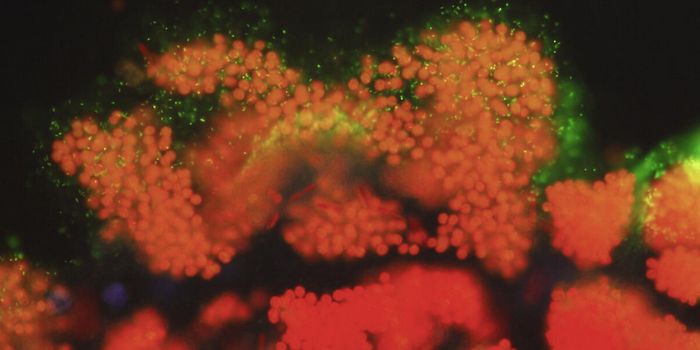Identifying Microbes That can Generate Electricity
Our world is full of microbial life, and many of those tiny organisms have found ways to live in some of the planet’s most extreme environments. Some of those places completely lack oxygen, or typical nutrients, producing microbes with unusual abilities. For example, researchers have identified bacteria that can ingest and release charged particles as a way of breathing. These electricity-producing microbes could be helpful to humans as water purifiers or mini power plants if scientists can identify the best candidates, and grow them successfully.
To that end, researchers at the Massachusetts Institute of Technology (MIT) have created a way to assess polarizability, the ability of a bacterium to generate electricity. Such microbes move electrons across the membrane that surrounds their cells, which is known as extracellular electron transfer (EET). This work has been reported in Science Advances.
"The vision is to pick out those strongest candidates to do the desirable tasks that humans want the cells to do," explained Qianru Wang, a postdoctoral fellow in MIT's Department of Mechanical Engineering.
"There is recent work suggesting there might be a much broader range of bacteria that have [electricity-producing] properties," noted Cullen Buie, associate professor of mechanical engineering at MIT. "Thus, a tool that allows you to probe those organisms could be much more important than we thought. It's not just a small handful of microbes that can do this."
Current methods for assessing polarizability require growing huge amounts of the bacterium in question and measuring EET protein activity. The MIT scientists want to speed the process up by using microfluidic chips, which contain tiny channels that bacteria can flow through. When a voltage is applied to these channels, which have an hourglass in the middle, a gradient in the resulting electric field is generated because of the pinch in the middle. In a phenomenon called dielectrophoresis, the gradient can then push the cells, repelling or stopping them in the channel
Dielectrophoresis has already been used by Buie and others as a way to sort bacteria according to its characteristics. "Basically, people were using dielectrophoresis to separate bacteria that were as different as, say, a frog from a bird, whereas we're trying to distinguish between frog siblings -- tinier differences," Wang said.
The scientists used their microfluidic tool to compare different bacterial strains, some of which had known electrochemical properties. They confirmed that the electrical field in the device could push microbial cells into the pinch in the channels, and the stronger field could then push against that motion, trapping the bacterium in place.
Different voltages were needed to trap different bacteria. The scientists noted the voltage required to trap a microbe and the cell's sizes. Computational tools were then used to find out how easy it was for cells to form electric dipoles after the application of an external electric field.
Wang found that more electrochemically active microbes usually had higher polarizability. "We have the necessary evidence to see that there's a strong correlation between polarizability and electrochemical activity," Wang explained. "In fact, polarizability might be something we could use as a proxy to select microorganisms with high electrochemical activity. If the same trend of correlation stands for those newer strains, then this technique can have a broader application, in clean energy generation, bioremediation, and biofuels production," Wang concluded.
Sources: AAAS/Eurekalert! Via MIT, Science Advances








